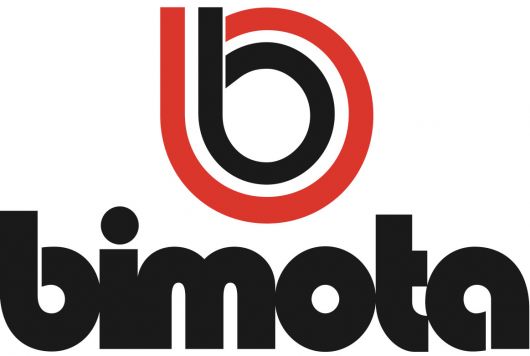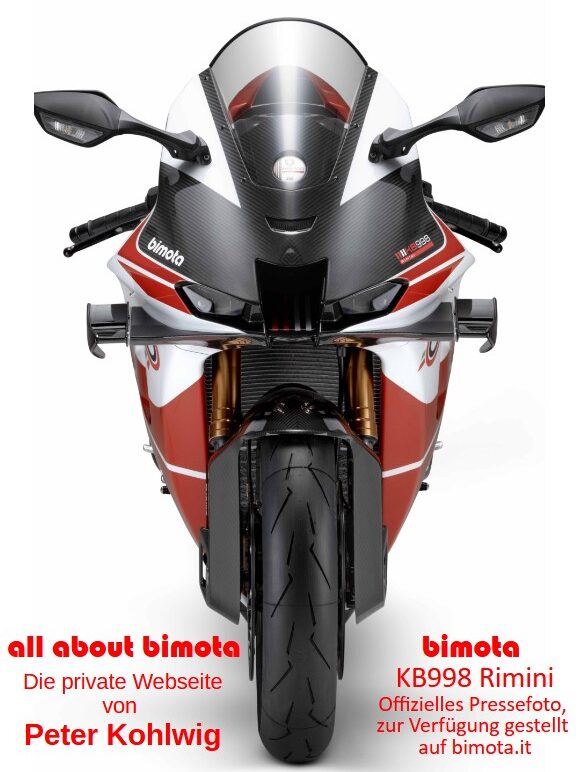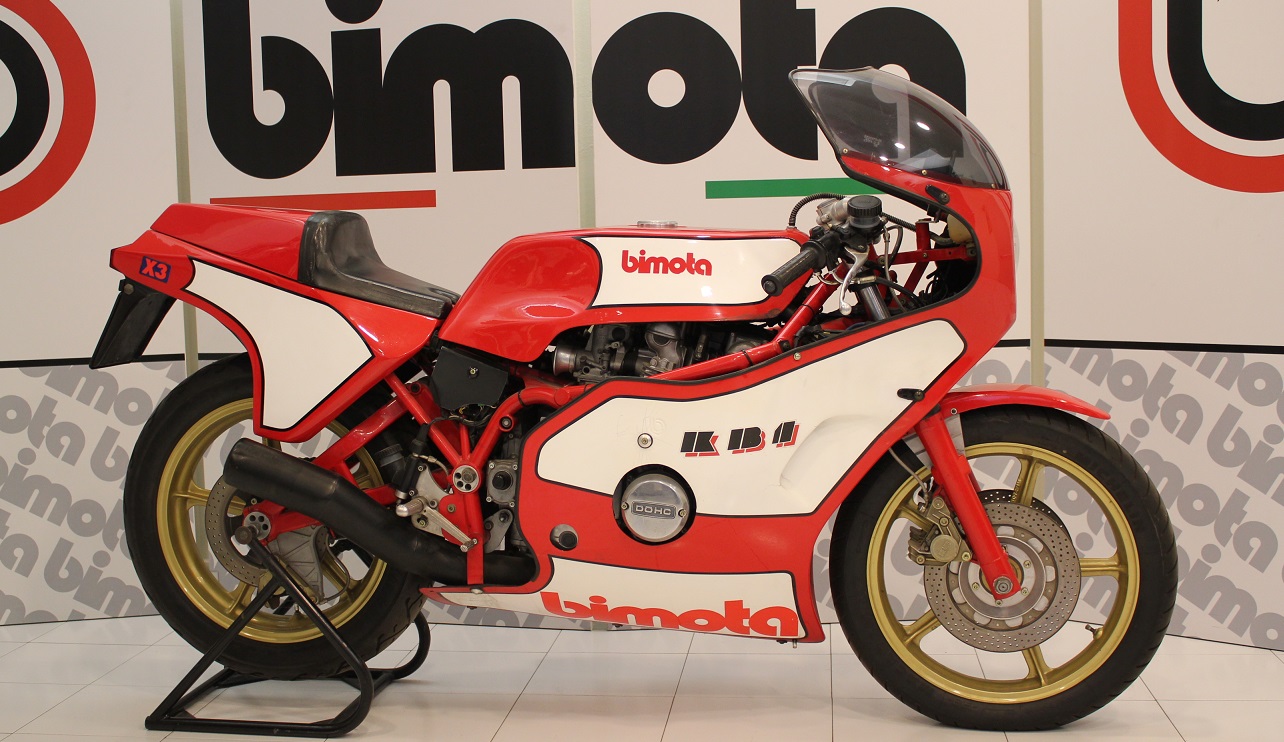
| Designer | Massimo Tamburini | First presentation | Mailand 1977 |
| Production period | 1978 – 1982 | Production Numbers | 827 therof 811 as kits |
| Power | 61 KW (84 PS) | Displacement | 1015 ccm |
| Topspeed | 221 km/h | Weight | wett 226 kg dry 206 kg |
| Price | 19.980 DM (1978) | Colours | red / white |
| Technical basis | Kawasaki Z 900 | Kawasaki Z 1000 | Kawasaki Z1 R |
After the limited production numbers of its first street-legal model, the SB2, Bimota achieved a true bestseller with the KB1. Its design and technology convinced 827 buyers, making it the second most successful model in the company’s history after the SB6. The key to its success lies primarily in Bimota’s decision to also sell the KB1 as a kit, an option that almost all buyers chose. The basic kit, priced at 11,000 DM, combined with a used Z900 or Z1000, was significantly cheaper than the nearly 20,000 DM that Bimota charged for the complete motorcycle. In 1978, a brand-new Z1000 cost just under 9,000 DM. As a result, the KB1 models were highly diverse.
The kit included the frame, swingarm, fairing, monocoque, exhaust system, magnesium wheels by Campagnolo, fuel tank, triple clamps, footrests with brackets and levers, clip-on handlebars, and various small parts made from Avional. The engine, wiring harness, instruments, brakes, lights, forks, wheels, and other small components were sourced from Kawasaki. For 21,500 DM, the KB1 was available as the „A“ version, equipped with either a 36 mm Marzocchi or a 35 mm Ceriani fork and Brembo brakes. Alternatively, the kit was offered for 13,500 DM.
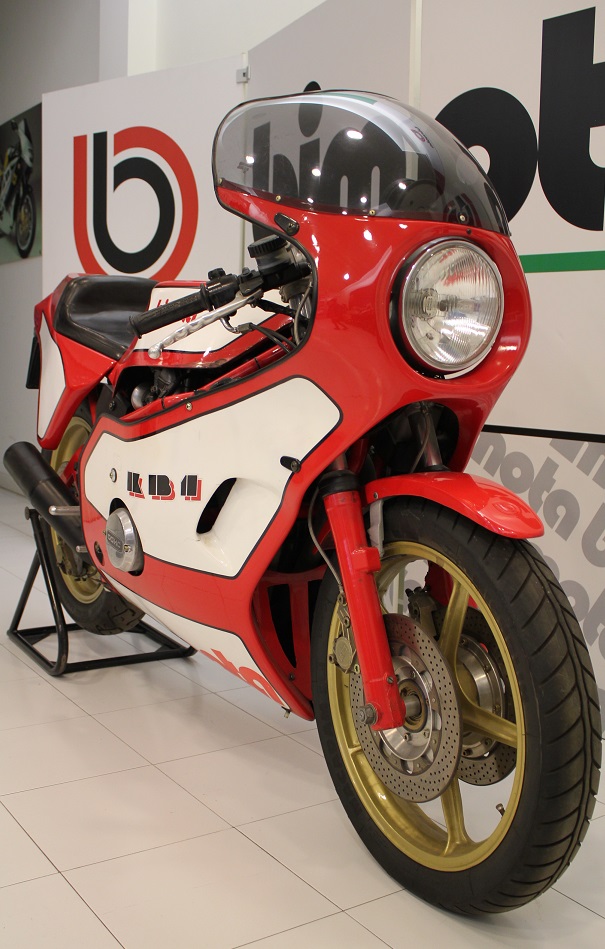
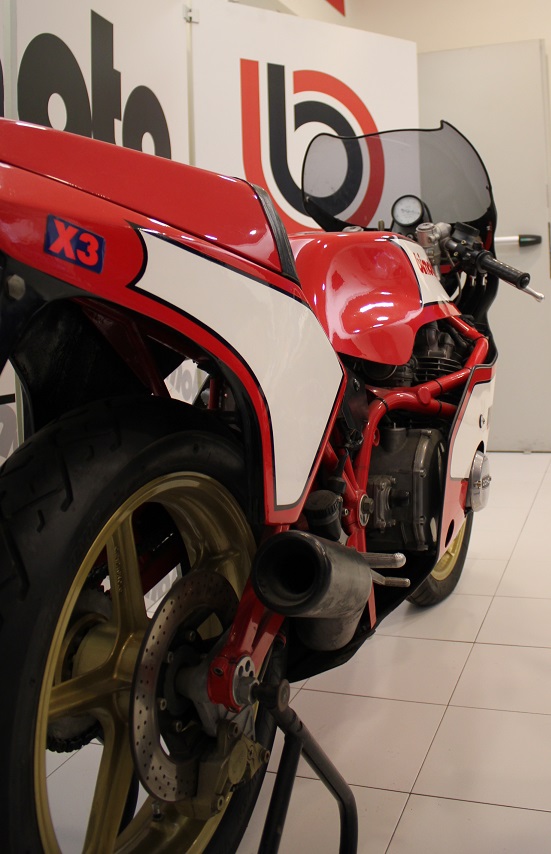
KB1 Series 2 with a one-piece fairing and dual-seat tail section. Instead of the star-pattern wheels, this model was already fitted with five-spoke wheels.
The trellis frame was made of 22 seamless tubes of 25CrMo4 steel and had nearly double the tensile strength of the steel tubes typically used in motorcycle construction at the time. The cantilever swingarm was made from rectangular profiles and connected to a centrally mounted, horizontal gas-pressure shock absorber by Corto Cosso. Technical highlights included eccentric adjusters for setting the swingarm pivot point and chain tension within the swingarm. Additionally, the rake could be varied using different inserts in the triple clamps.
The production numbers were distributed as follows: Series 1 (135 units) was manufactured between 1978 and 1979. Series 2 (570 units), produced between 1980 and 1981, was a two-seater version with modifications to the shock absorber, fuel tank, tail section, and paintwork. Series 3 (122 units) returned to a single-seat configuration, featuring a two-piece fairing and five-spoke wheels instead of the Campagnolo star-pattern wheels. The Kawasaki logos on the aluminum fuel tank were omitted. In total, 319 KB1 units and 508 KB1 A units were produced, featuring Marzocchi or Ceriani forks and Brembo brakes.
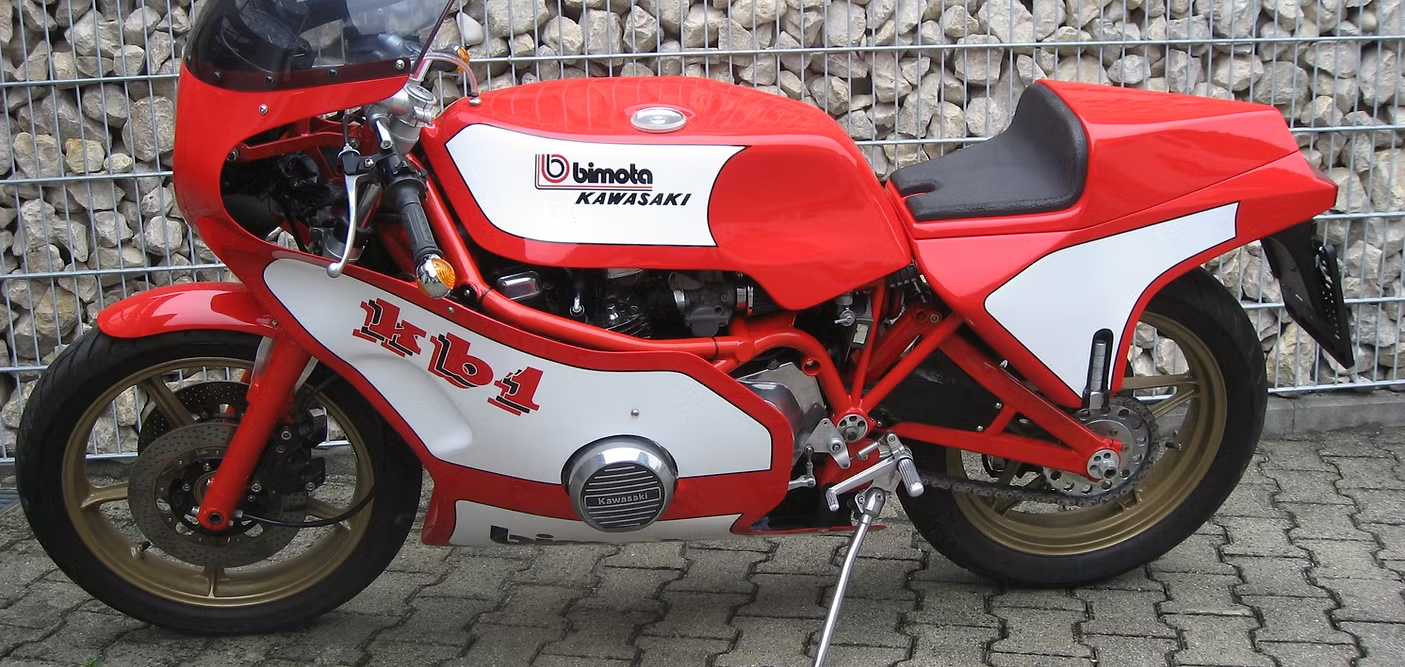
As a technical base, the KB1 could be built using Kawasaki Z900, Z1 900, Z1000, and Z1R superbikes. The specialist magazine MOTORRAD tested the KB1 with the Z1000 engine in issue 20/1979 and particularly highlighted its handling:
„The machine almost craves corners. The combination of a short wheelbase, steep steering head angle, and a raised center of gravity culminates in an almost unparalleled riding experience: The handling qualities are difficult for any competitor to match. Without requiring physical effort from the rider, the KB1 glides into corners, remains neutral even in a lean, and sweeps through as if on rails. The bike doesn’t insist on riding straight but effortlessly initiates lean angles and spontaneously returns to the vertical position.“
